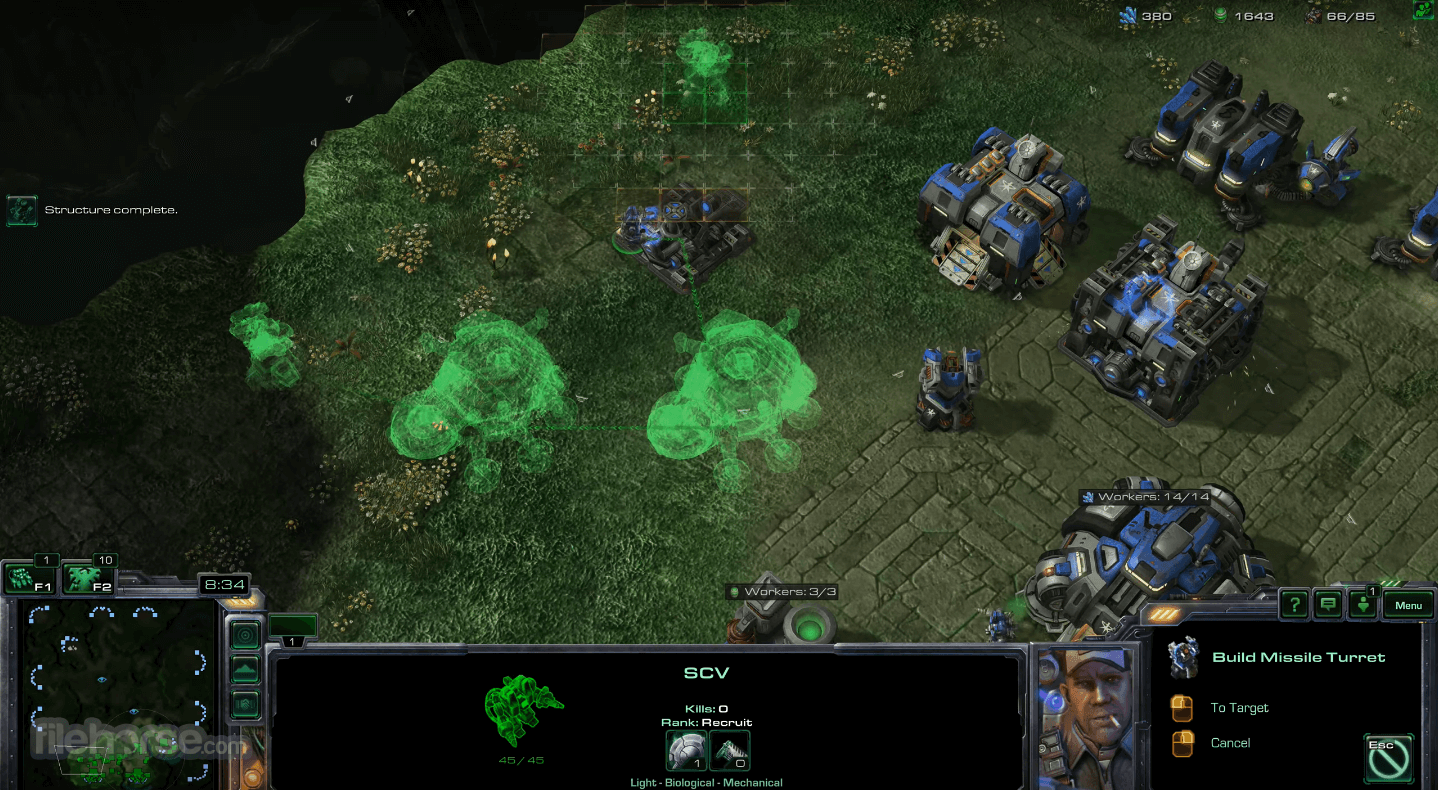

It’s incredibly useful to be able to perfectly cycle out units in a firefight so none takes lethal damage, or to perfectly time movements so no attacker is idle, but the truth is good strategy beats good tactics pretty much every time. It’s worth noting here that AIs for micro control have existed for years, having demonstrated their prowess in the original StarCraft. APM is just one measure among many that determines the outcome of a match, but it can’t hurt to be able to command a guy 20 times in a second rather than two or three. Second, it can (though it doesn’t always) perform far more “actions per minute” than a human, because it isn’t limited by fleshy hands and banks of buttons. There’s also the fact that AlphaStar, in its original incarnation anyway, has two other major benefits.įirst, it gets its information directly from the game engine, rather than having to observe the game screen - so it knows instantly that a unit is down to 20 HP without having to click on it. Most StarCraft II pros are well younger than 200, so that’s a bit of an unfair advantage. Putting them all together produced the highly robust AlphaStar agent, with some 200 years of gameplay under its belt. Over time the various agents learned (and of course reported back) various stratagems, from simple things such as how to scatter units under an area-of-effect attack to complex multi-pronged offenses. This family of agents fought and fought for hundreds of years of in-game time (undertaken in parallel, of course). Some were even given strong agents as targets, caring about nothing else but beating an already successful strategy. One might attempt to achieve air superiority at all costs another to focus on teching up another to try various “cheese” attempts like worker rushes and the like. So the machine learning agent was essentially split into hundreds of versions of itself, each given a slightly different task or strategy. Hundreds of agents were spawned and pitted against each other.īecause StarCraft is such a complex game, it would be silly to think that there’s a single optimal strategy that works in all situations.


 0 kommentar(er)
0 kommentar(er)
